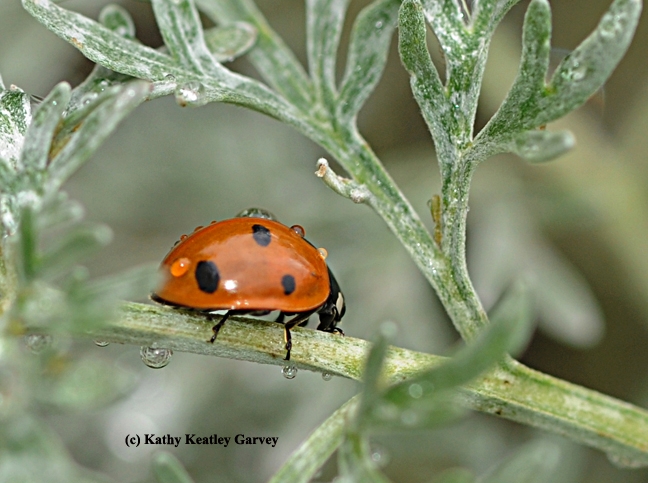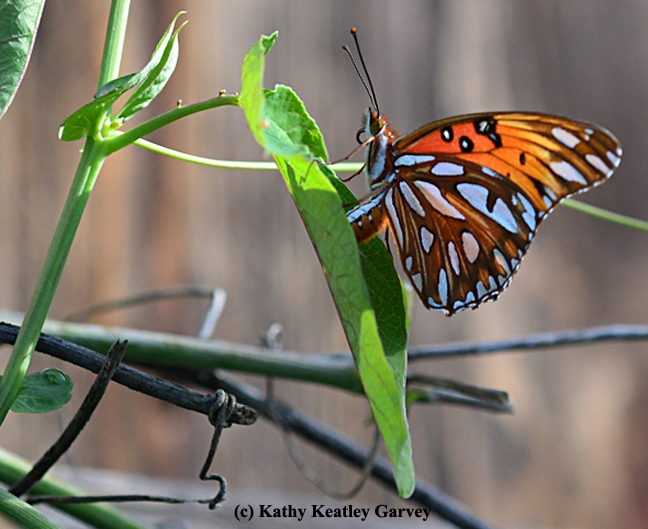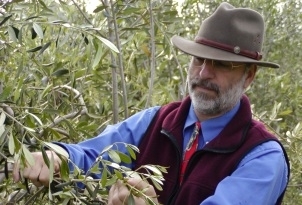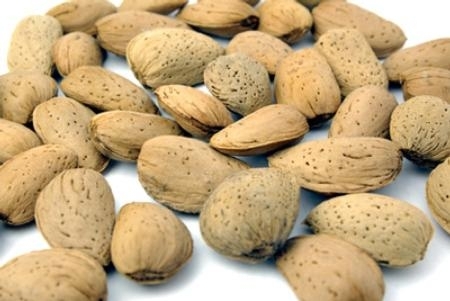From the UC Blogosphere...
California enjoying a respite from the drought
Rain over the last few days in California, which some are describing as falling in "biblical" proportions, will bring welcome relief from the historic drought, if not mark its end, reported the Olive Oil Times.
"The storm will partially replenish water supplies, but there is still a long way to go," commented Dan Flynn of the UC Davis Olive Center.
The lack of rainfall the last few years has left many olive farms with low soil moisture, stressing the trees, said Paul Vossen, UC Cooperative Extension farm advisor in Sonoma and Marin counties.
"Part of that stress influenced the crop load, which was lower than normal, and it also advanced the ripening of fruit," Vossen said. "This autumn harvest was at least two to three weeks early and was finished by Thanksgiving."
The story said the California drought cut U.S. olive oil production by 25 percent.
“The rainfall we are receiving right now is welcome for refilling the soil profiles, so that the olive trees can start off next spring with good growth,” Vossen said. “It is also a relief to see enough rain to start to see a replenishment of our reservoirs, so that irrigation water will once again be plentiful for next summer's needs. Even though we may get some temporary flooding, all in all, this rainfall is a welcome thing.”
Keeping Insecticide Sprays on Target to Reduce Potential Spray Drift
Insecticides play an important role in pest management efforts in California, but it's very important to keep sprays...
What's That Wet Stuff?
What's that wet stuff falling from California skies? Could it be the "R" word, rain? Or what Wikipedia calls "liquid...

Rain drops falling on a lady beetle, aka ladybug. (Photo by Kathy Keatley Garvey)
Go Lay an Egg? And She Did!
Nobody really bats an eye when a chicken lays an egg. That's what we expect them to do. But when a butterfly lays an egg,...

A Gulf Fritillary laying an egg in the dead of winter on a passionflower leaf. (Photo by Kathy Keatley Garvey)

A female Gulf Fritillary, after laying an egg, soaks up some sunshine. (Photo by Kathy Keatley Garvey)
Almonds contribute $11 billion annually to California economy
The California Almond Board released a report this week that said the almond industry contributes about $11 billion per year to the state's gross domestic product, reported Dale Kasler in the Sacramento Bee.
The report, prepared by the UC Agricultural Issues Center, calculated economic impacts of production, processing and marketing of the nuts. Almond-related activities generate 104,000 jobs statewide; 97,000 of those are in the Central Valley, the report says.
President of the Almond Board, Richard Waycott, said it is important for legislators, regulators and policyholders to recognize "the economic engine that the almond industry represents."
The article included the following facts about the California almond crop:
- Almonds are California's leading agricultural export
- The amount of land in almonds has nearly doubled in the past 20 years to almost a million acres
- California produces 99 percent of the U.S. almond crop
According to the story, some environmentalists have criticized growers for expanding almond orchards during the drought. At a news conference, Daniel Sumner, director of the Ag Issues Center and lead author of the report, said farmers aren't deliberately planting orchards in regions with unstable water supplies.
“Every day in California agriculture, water is the No. 1 issue on everybody's mind,” Sumner said. “These guys aren't dummies. The first thing they're thinking about before you plant a tree is to have some source of water.”
Additional coverage of the report:
Study: Almond industry contributes $21.5 billion to economy
Tim Hearden, Capital Press









